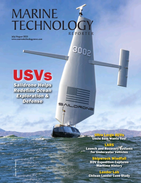Acoustic Pingers for Submarines and AUVs
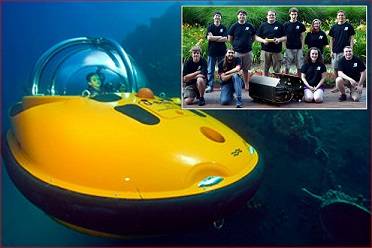
Main photo - One of U-Boat Worx personal submarines, Inset photo – NCSU Robotics club with their Seawolf AUV and club president Matt Wiggins center holding JW Fishers pinger (Photo Credit: David Pearlman)
U-Boat Worx reported that personal submarine and autonomous underwater vehicle (AUV) sales are on the rise. Not long ago personal submarines were high tech toys available only to the super wealthy and AUVs were expensive pieces of equipment used primarily by the military and oil industry. Thanks to advances in technology that reduced their cost, both are now in widespread use by individuals, businesses and universities.
One company specializing in private submersibles is U-Boat Worx in the Netherlands who says their subs are renowned for their agility, reliability, compact size and competitive price. for tourist destinations, scientific missions and a range of boating enthusiasts. Several different models are available that can carry from two-five persons and have depth ratings from 100-1,000 meters. One feature found on many subs is an acoustic pinger. This underwater signaling device transmits a sound wave that can travel more than a kilometer and be detected by a pinger receiver. Having a pinger attached to the personal submarine allows its movements to be tracked from the surface. This capability is particularly helpful when testing new models and designs. When deciding which acoustic device would be best for their operations, U-Boat Worx picked JW Fishers MFP-1 multifrequency pinger because, like the sub maker, Fishers has an established reputation for providing rugged, reliable underwater equipment at a reasonable price.
The autonomous or “unmanned” underwater vehicle has become commonplace in the oceanographic industry and scientific community. In addition to their lower cost, other reasons why the number of AUVs has grown so dramatically are its ability to stay submerged for extended periods of time and its capacity to carry cameras, sonar and a variety of sensors that gather all types of data on the subsea environment. An essential piece of equipment on the AUV is the acoustic pinger which allows the vehicle to be recovered should it fail to return to the surface. One group making an AUV and using the pinger for a completely different application is the North Carolina State University Underwater Robotics Team. NCSU’s Robotics club is a student run organization that designs and builds autonomous submersible robots. Each year the team enters its vehicle into the Robosub Competition sponsored by the AUVSI Foundation and U.S. Office of Naval Research. Students from more than two dozen high schools, colleges and universities from around the world compete in this annual event. The robots must accomplish a variety of tasks including maneuvering through an obstacle course, retrieving and dropping payloads, and navigating to locations marked by an acoustic pinger. NCSU students are busy constructing a vehicle capable of performing the many complex operations required. To test their vehicle’s ability to accomplish the task of navigating to an acoustic beacon, the team needed a pinger for trials. They choose JW Fishers SFP-1 single frequency pinger for it’s low cost and because its specifications met Robosub requirements. Club president Matt Wiggins reports his team is focused on winning and confident they will bring home one the cash prizes from this year’s competition in San Diego.
A few of the other groups using Fishers pingers and receivers are Korea’s Hydrographic and Oceanographic Administration (KHOA), U.S. National Marine Fisheries Service, University of Delaware’s College of Marine, Ocean, and Environment, U.S. Navy’s Underwater Warfare Center (NUWC), University of Texas at Austin, FUNDESPA at the University of Sao Paulo in Brazil, National University of Singapore, University of South Florida, Coastal Carolina University and India’s Underwater Robotics Society.
uboatworx.com
robosub.org
jwfishers.com

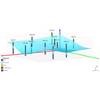



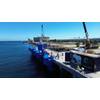
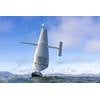






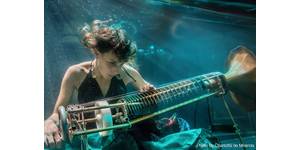
 August 2025
August 2025


